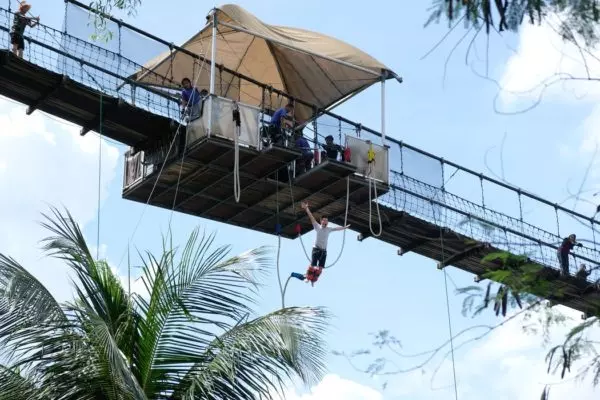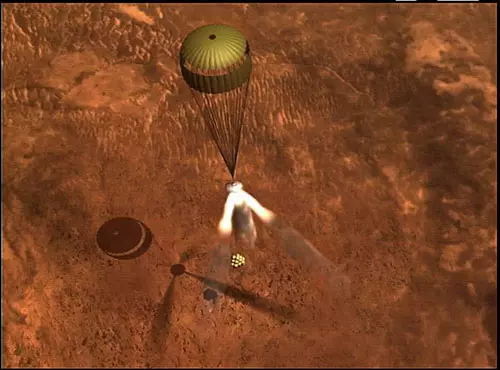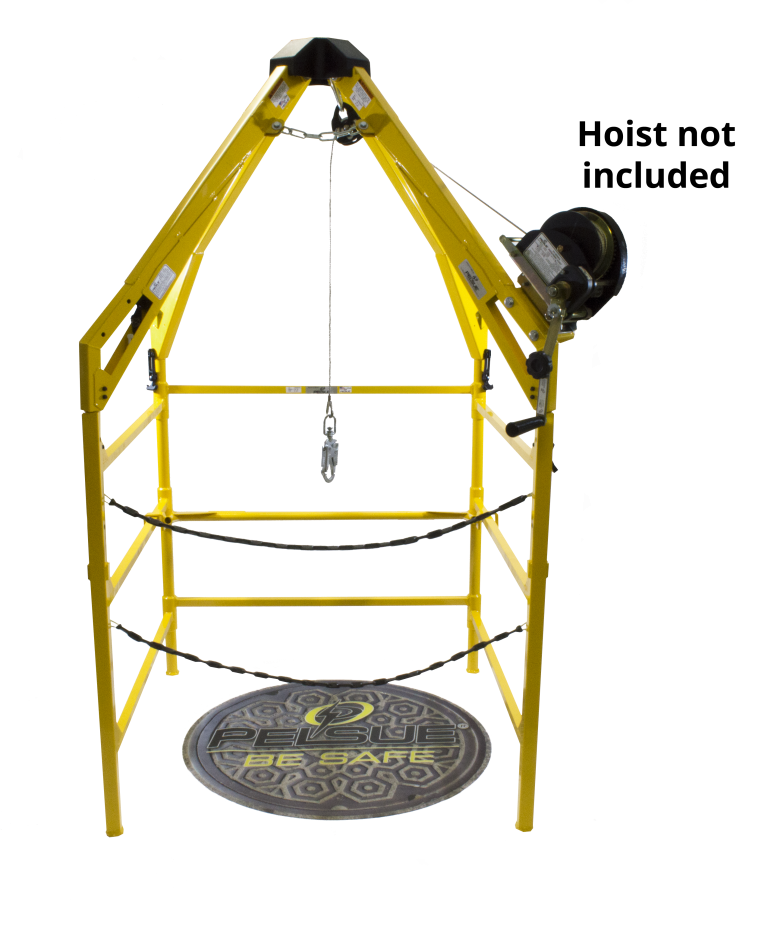Material Matters: Technora® Rope, the Unsung Hero
July 1, 2020
It’s a vital part of any fall protection, prevention, or recovery system. The crucial, but often overlooked, link between a worker and the system anchoring them to safety.
Perhaps it’s time that the humble rope got the respect it has earned. After all, without it, our fall protection systems wouldn’t be able to function (plus we probably wouldn’t have sailing ships, skyscrapers, or—you know—modern society).
At Pelsue, our Personnel and Quick Rescue Hoist are available with a particular kind of rope: Technora®. We’re somewhat particular about the materials we use, and we believe Technora® rope is the best choice for rescuing fallen workers.
As part of our ongoing series exploring the materials that make Pelsue products, we wanted to take some time to look closely at this unsung but important component.

What is Technora®?
You may have guessed from the name that Technora® is a synthetic material. You never really see trademark symbols next to natural fibers.
Technora® is closely related to another synthetic material many people are more familiar with: Kevlar. Both materials belong to a category of fibers known as aramids. Aramid fibers are prized for their high strength and heat resistance.
A relatively new fiber, Technora® was only invented in the 1980s. Aramids as a whole were first introduced to the commercial market in the 1960s by DuPont and quickly became popular choices for air filtration, protective clothing, and as an insulation that could replace asbestos. Technora® fibers have proven useful in making high-performance optical fiber cables, timing belts, and drumheads.
Technora® ropes have become popular across multiple industries and even on other planets. NASA used Technora® ropes on the parachute for the Opportunity Rover as it landed on the surface of Mars in 2004. It performed so well that it is being used for the upcoming Mars 2020 mission.

What Sets it Apart?
Technora® rope has two major qualities that we believe make it a great choice for our hoists.
Firstly, Technora® rope can bear massive weights without breaking or stretching. Our fall protection systems are rated to 310 pounds, which is more than enough to do the job. But it wouldn’t do to use rope that is also rated to the same weight. Numerous factors can affect the actual load a rope is capable of bearing. Even temperature has an impact on rope meaning subtle fluctuations can change the rope’s breaking point.
Given that, the safest choice is to use a rope that has a weight limit that far exceeds your needs. Technora® rope with a diameter of just ¼” can sustain a maximum load of over 8,000 pounds. You trust every other component of our fall protection systems to perform under pressure, you should trust the rope that’s holding you up, too.
Combined with that high weight limit is an increased resistance to heat which can strain and damage other ropes. This means that Technora® rope won’t change shape or lose strength in more extreme environments.
The ropes are also resistant to damage from chemicals, which, while not a massive concern during worker recovery and lifting operations, should give you some peace of mind should an accident happen anytime during the lifespan of the rope.
Close to Perfect
There are a couple of things that Technora® does not excel at. It does not stand up to sharp bends. Trying to put an acute corner in the line will damage and weaken the fibers. Fortunately, when using Technora® rope as directed with our hoists, this won’t be an issue. Additionally, Technora® is susceptible to damage as a result of prolonged ultraviolet exposure. This is more a storage concern than anything else. Just make sure that your rope is kept out of direct sunlight when not in use. If you need the hoist to perform a rescue operation outdoors in the bright sunlight, that won’t do any harm.
Technora® rope offers many advantages to the user. When it comes to fall protection and recovery operations, the primary concern with any rope is trustworthiness. You don’t want to increase the risk of further injury to a worker by using the wrong rope for the job. We would not have made Technora® rope part of our hoist systems if we didn’t test it and trust it. That means you can trust it, too.

Whether you’re using the rope with our LifeGuard, Davit, or Rescue Tripod, rest assured that every component has been manufactured and included with the driving focus of keeping you safe.
Even the components that you sometimes overlook.

